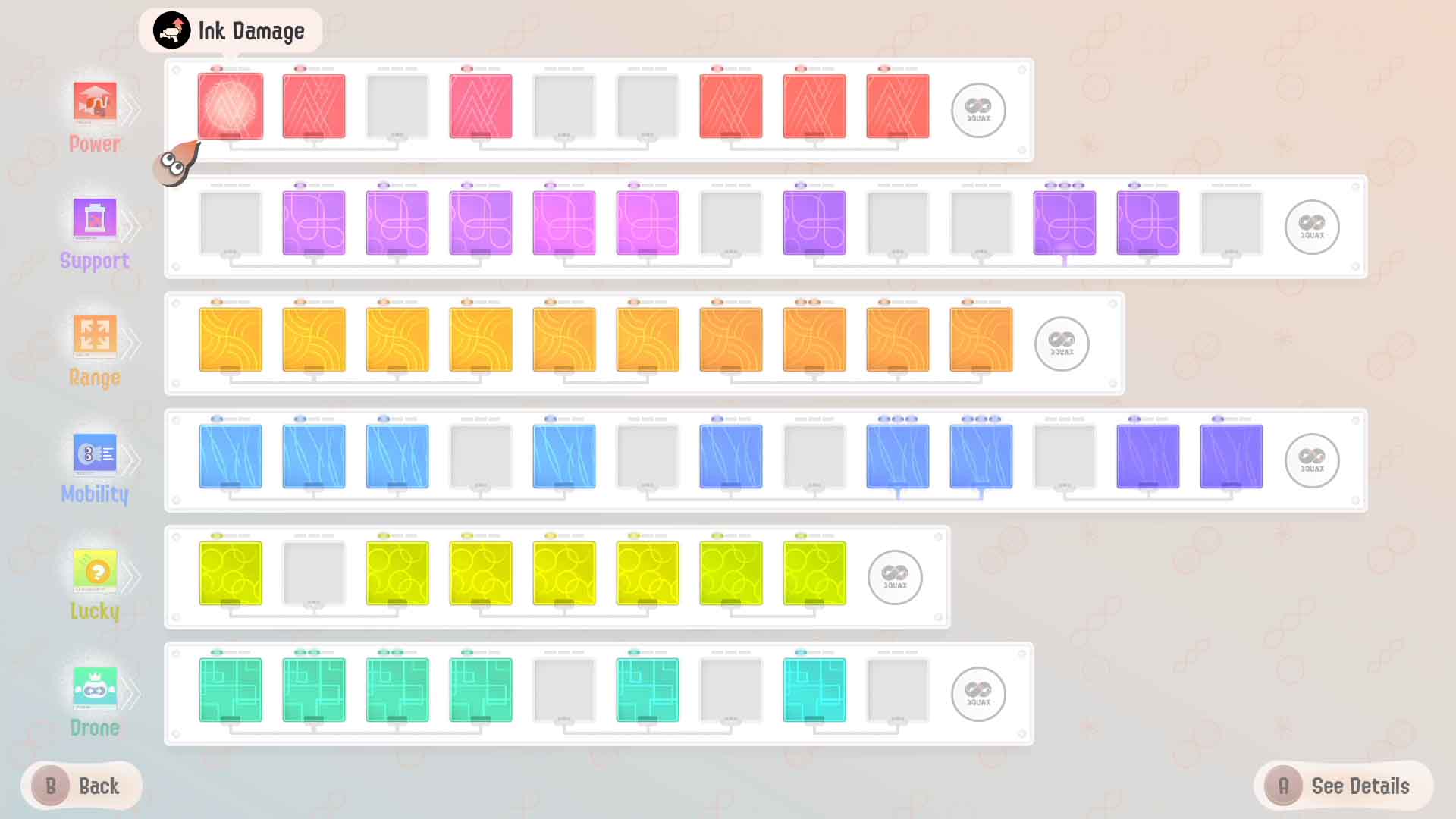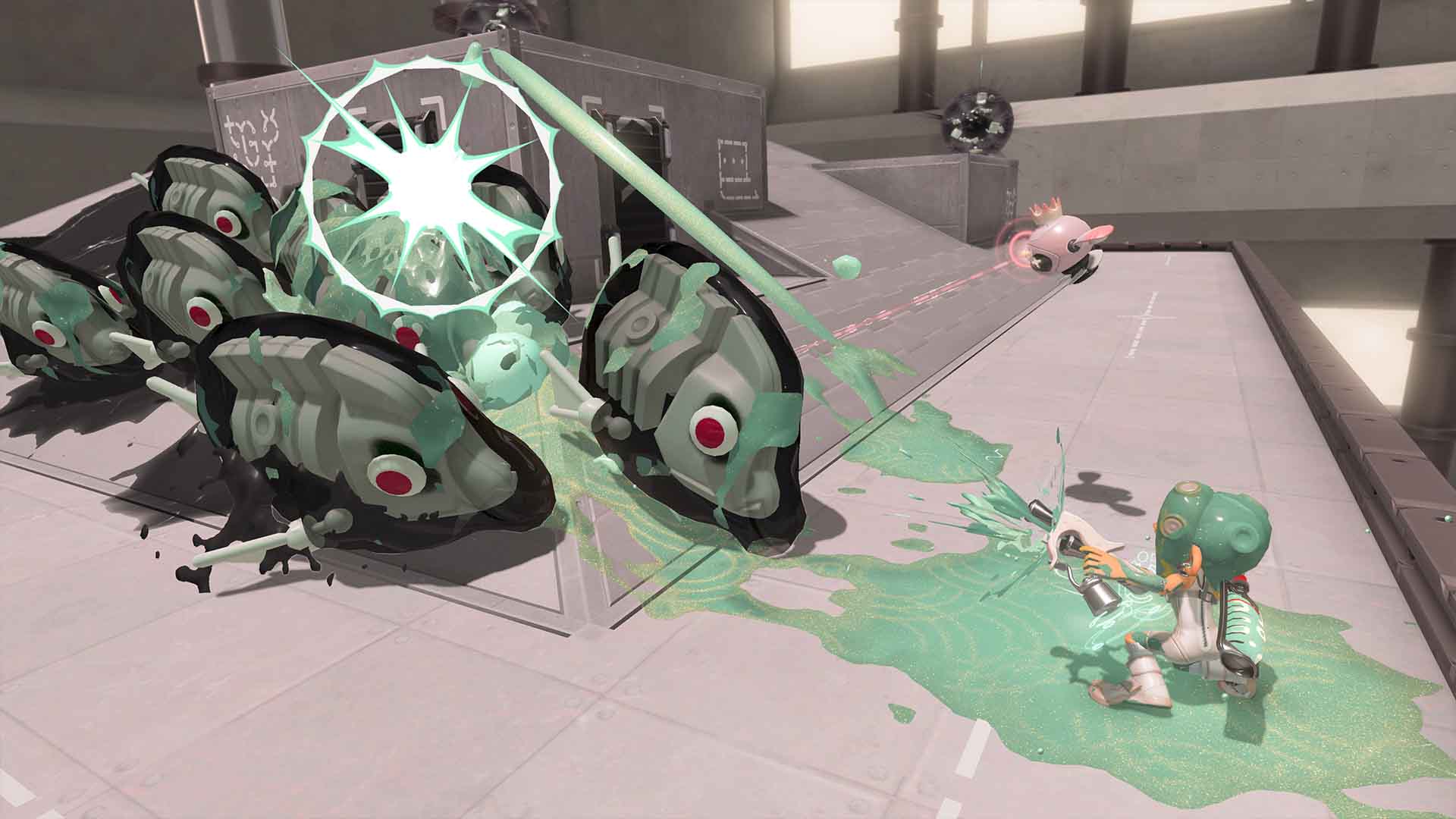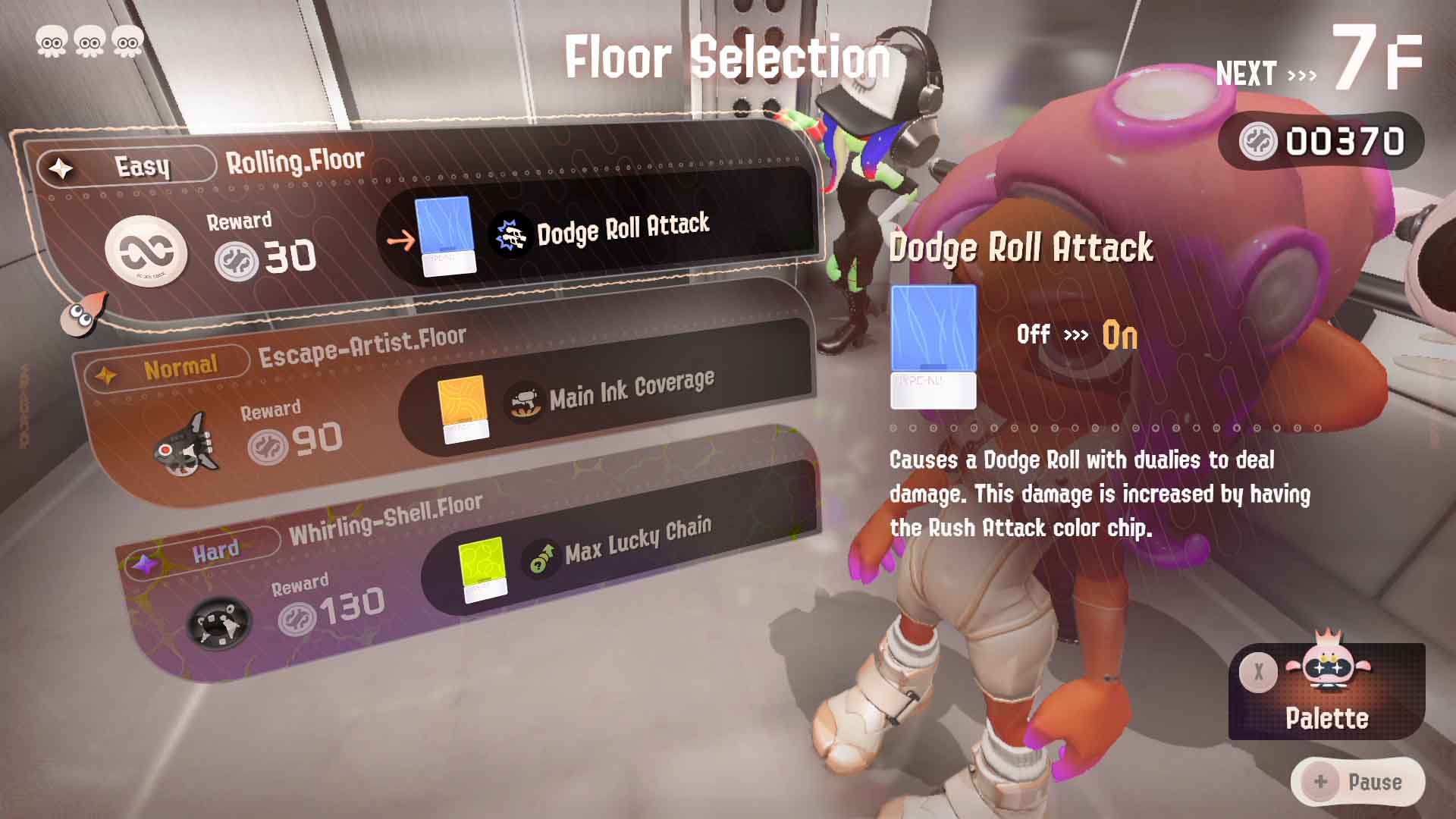Splatoon 3: Side Order is a surprisingly deep and fun roguelite | Hands-on preview
Sitting down to play Splatoon 3: Side Order, it occurred to me I didn’t know what to expect. Part one of the expansion pass was clearly the taster menu, with side order, despite the name, actually being the main course. That’s what happened with Splatoon 2, after all. But after spending a few hours with Splatoon 3: Side Order, I’m already thinking about build potential, and how I’m going to conquer the tower that this surprisingly deep roguelite mode offers.
First up, don’t be put off by the term roguelite. Side Order has all the trappings of Splatoon that fans love, including story beats and characters, and I can say even in my short time with it, there’s some nice surprises and attention to detail that long-term fans will adore. The concept is actually simplified, and involves you (as the customisable agent 8) waking up and discovering everything has been drained of colour. You meet a friend, enter a tower, and from then on it’s all about that delicious Splatoon 3 gameplay.

Side Order offers up “colour palettes”, which are loadouts, of a sort. You’ll start with a specific gun and work your way up through each floor, which offers a unique challenge. In the elevator, you can choose your mission, and these are shown by difficulty as well as which new “colour chip” you will get for that mission. These chips are modifiers, and are split into multiple categories: power, support, range, mobility, lucky, and drone. You can probably imagine what this means in real terms, and although not getting as high as I’d like, floor-wise, due to trying out some of the other weapons, a developer demo showed us that you could essentially turn a sniper rifle into a shotgun, of sorts, and it really gets you thinking about how much build variety there is on offer.
For example, you could choose an easy-difficulty level that will give you a mobility chip that lets you dodge roll and cause damage, but that’d mean turning down the normal level which would get you an increase to your main ink coverage. Not only are you juggling ideas as to which build you want to go for, in order to get higher in the tower, but you are also trying to ensure you aren’t picking missions that are too hard, so as not to lose lives or end your run entirely.
There’s a decent amount of variety in the missions, too. From a simple map that requires you to ink things up, to a level that’ll require you to try to get balls into their little slots, or chase enemy runners around. You can do some of these in less than thirty seconds, but as it gets harder, things take longer, and that’s before you consider if your build is appropriate. There’s an excellent variant on the mission modes that asks you to fill an object with ink, thus powering it until it runs out, and I particularly enjoyed that one.

Boss battles seem to take place every ten stages, and seem as creative as ever, and there’s a good amount of lore that unlocks with repeated plays, too. It seems that, although you can get the same boss twice in a run, they will be adjusted accordingly whether you’re on, say, floor ten, or twenty. I faced off against a whirling tower that I had to shoot each part down, while also avoiding countless waves of enemies rushing me, but there’s a lot more.
On that note, Side Order is not easy. While some levels can be done quickly, it ramps up swiftly, throwing wave after wave of enemies at you. If you’ve not picked the right chips, you’re going to struggle. In fact, the only real negative I could spot was that some of the permanent upgrades required a fair amount of investment, though in fairness I don’t know how long Side Order would take to get through in its entirety.
Outside of the actual battling through floors, there’s those permanent upgrades to agent 8 you can apply. This, again, plays into what you’re going for, and you can increase your max lives, put points into damage reduction, max armour, or even unlock a continue. There’s plenty to get stuck into, and it seems a very generous piece of content, overall. There’s also a locker area which nets you items, though you’ll have to play for yourself to find out exactly what. All I’ll say is that I can’t wait to get back to it, and open more of them.

What I came away thinking the most, however, is that Splatoon 3: Side Order really does shine a light on just how customisable the game itself is. The developer demo showed so many ideas that I hadn’t thought of, and even revealed that due to the colour palette theme, even the ink you were firing out would change colour based on your palette makeup. Each type of chip has a colour, you see, with power being red, support as purple, and so on.
This attention to detail really is impressive, but the biggest thing is that it’s just such fun. There’s also a load of story, and new mechanics that I don’t want to spoil ahead of release for fans, here. But let’s face it: any reason to revisit Splatoon 3 is a bonus in my book. I was expecting something more akin to Splatoon 2’s Octo Expansion. but Splatoon 3: Side Order is shaping up to be a pretty hefty banquet of content for fans, and a surprising deep roguelite as well.
Splatoon 3: Expansion Pass – Side Order is coming to Nintendo Switch on February 22nd.




